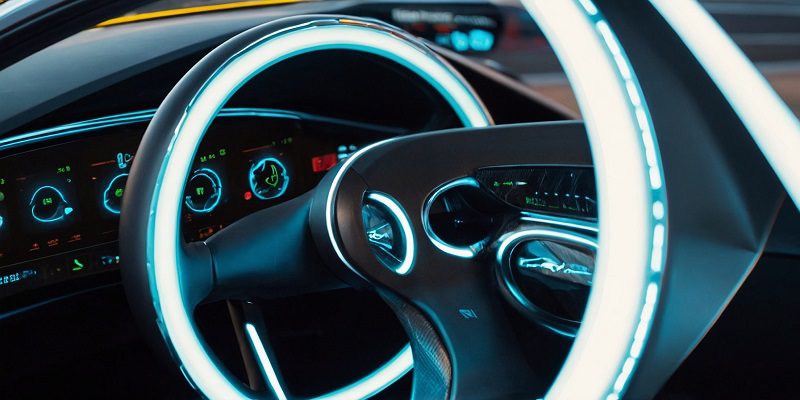Innovation is the driving force propelling us forward into a future where connectivity reigns supreme. From autonomous vehicles to smart infrastructure, the realm of connected transportation is experiencing a revolution like never before. Let’s delve into the ten transformative trends shaping the future of transportation technology.
Autonomous Vehicles:
Pioneering the Future of Mobility
Autonomous vehicles, once confined to the realm of science fiction, are now a tangible reality shaping the future of mobility. With advancements in artificial intelligence and sensor technology, self-driving cars promise to revolutionize transportation by enhancing safety, efficiency, and accessibility.
Electric Mobility:
Redefining Sustainable Transportation
The shift towards electric mobility represents a pivotal step in reducing greenhouse gas emissions and combating climate change. As governments and industries embrace sustainability initiatives, electric vehicles are poised to dominate the automotive market, offering clean and efficient transportation solutions.
Connected Infrastructure:
Building the Foundation for Smart Cities
Connected infrastructure, encompassing smart traffic lights, sensors, and communication networks, lays the groundwork for the development of smart cities. Additionally, by leveraging data analytics and real-time monitoring, connected infrastructure optimizes traffic flow, reduces congestion, and enhances overall urban mobility.
Mobility as a Service (MaaS):
Transforming the Way We Travel
Mobility as a Service (MaaS) platforms integrate various modes of transportation, including public transit, ridesharing, and bike-sharing, into seamless, multimodal experiences. By providing users with convenient access to diverse transportation options, MaaS enhances mobility and promotes sustainable travel habits.
Vehicle-to-Everything (V2X) Communication:
Enabling Connected Ecosystems
Vehicle-to-Everything (V2X) communication facilitates real-time data exchange between vehicles, infrastructure, pedestrians, and other entities within the transportation ecosystem. By enabling proactive safety measures, traffic management, and enhanced navigation, V2X technology enhances overall road safety and efficiency.
Augmented Reality Navigation:
Redefining the Driving Experience
Augmented reality (AR) navigation systems overlay digital information onto the real-world environment, revolutionizing the driving experience. From interactive heads-up displays to immersive navigation guides, AR technology enhances situational awareness and simplifies route guidance for drivers.
Predictive Maintenance:
Maximizing Fleet Efficiency
Predictive maintenance utilizes data analytics and machine learning algorithms to anticipate and prevent equipment failures before they occur. In the realm of transportation, predictive maintenance enables fleet operators to optimize vehicle performance, minimize downtime, and reduce maintenance costs.
Blockchain in Transportation:
Enhancing Security and Transparency
Blockchain technology offers a decentralized and immutable platform for managing transactions, contracts, and data exchange within the transportation industry. In addition, by enhancing security, transparency, and traceability, blockchain solutions streamline supply chain operations, logistics management, and payment systems.
Hyperloop:
Revolutionizing Long-Distance Travel
Hyperloop technology promises to revolutionize long-distance travel by propelling passengers and cargo through vacuum-sealed tubes at high speeds. With the potential to significantly reduce travel times and alleviate congestion on traditional transportation networks, hyperloop systems offer a glimpse into the future of ultra-fast transit.
Urban Air Mobility (UAM):
Unlocking the Skies
Urban Air Mobility (UAM) initiatives aim to introduce electric vertical takeoff and landing (eVTOL) aircraft for intra-city transportation. By leveraging advanced aerodynamics and electric propulsion systems, UAM vehicles offer a sustainable and efficient alternative to traditional ground transportation, alleviating traffic congestion and enhancing urban mobility.
Conclusion
As we navigate the ever-changing landscape of connected transportation, one thing is certain: innovation will continue to drive us forward towards a future of mobility that is safer, more efficient, and more sustainable than ever before. By embracing transformative trends such as autonomous vehicles, electric mobility, and connected infrastructure, we can shape a transportation ecosystem that prioritizes accessibility, sustainability, and convenience for all. Thus, together, let’s pave the way for a future where connectivity knows no bounds and transportation transcends the limits of imagination.



































